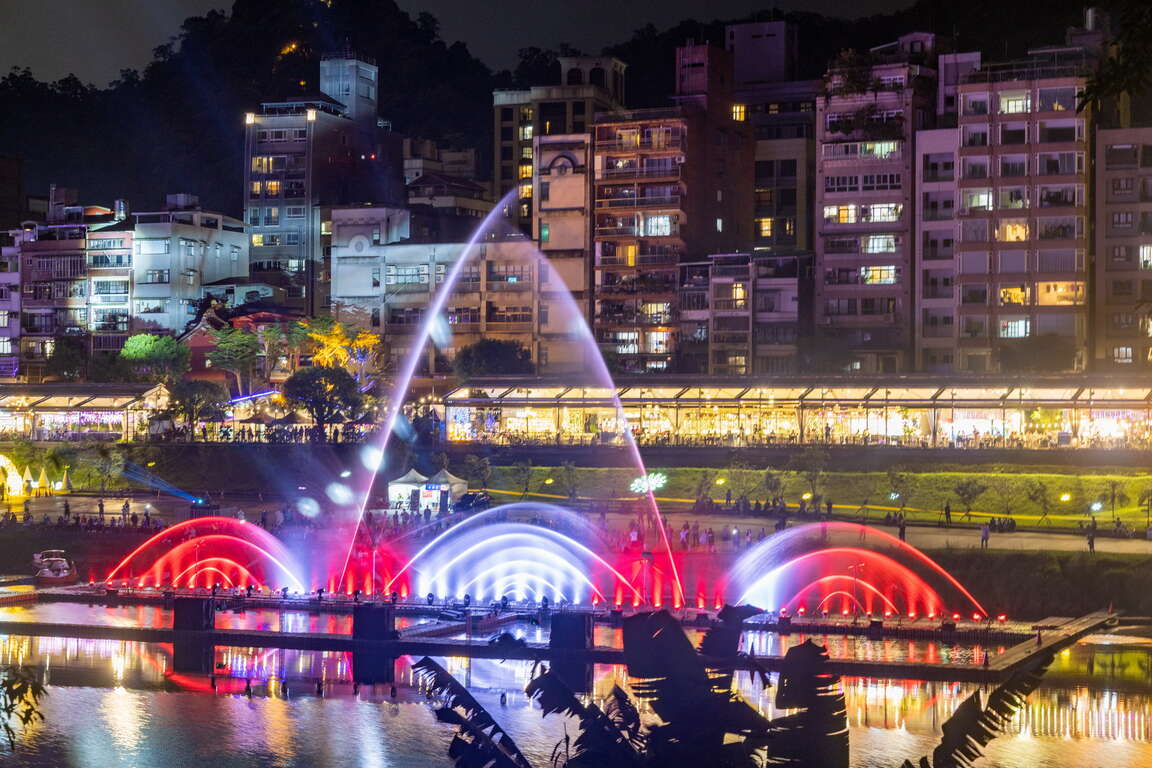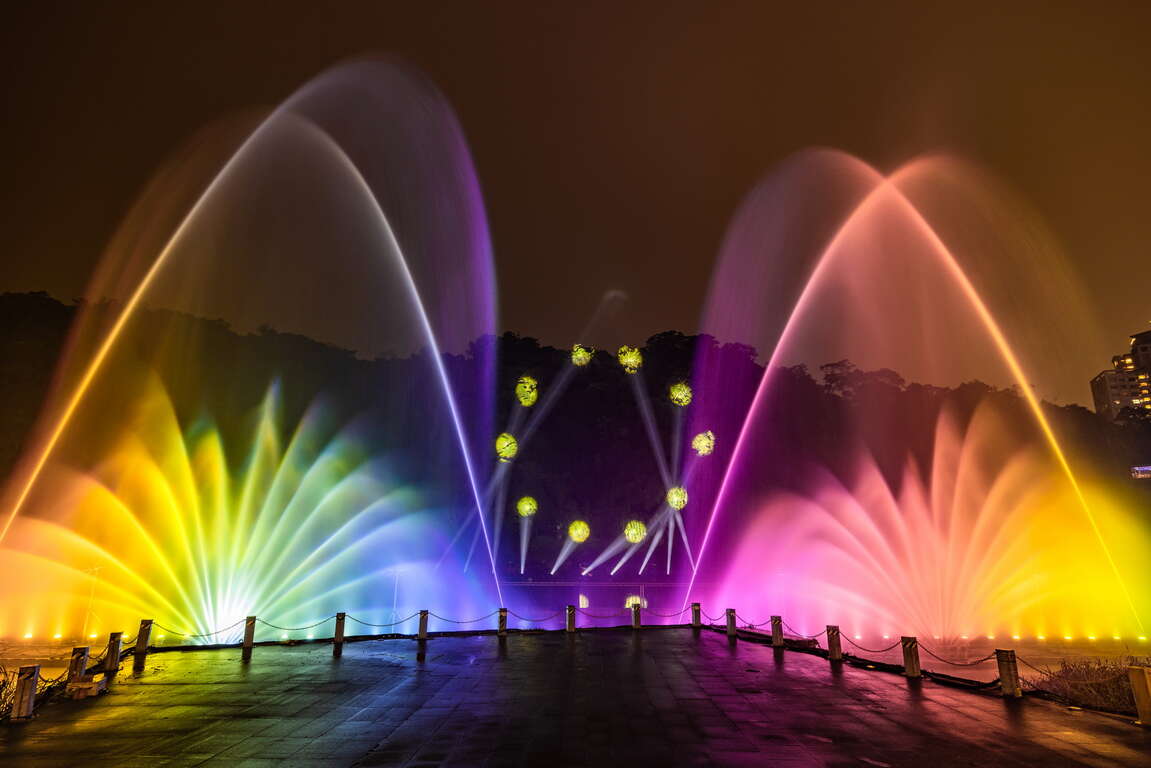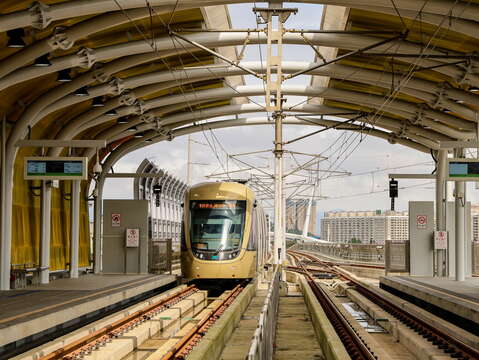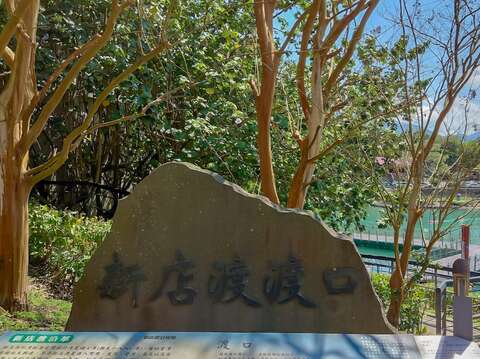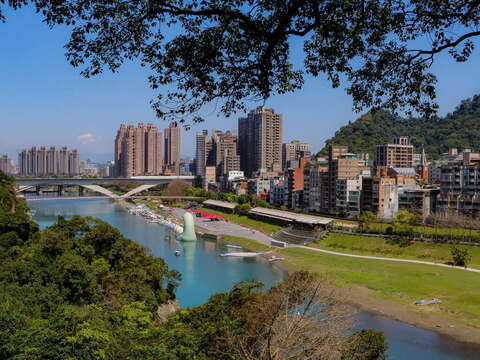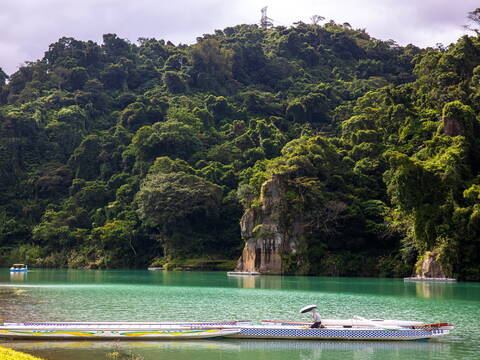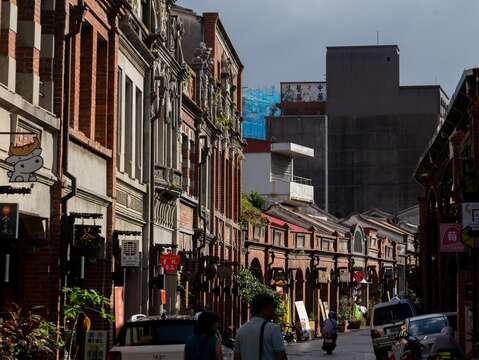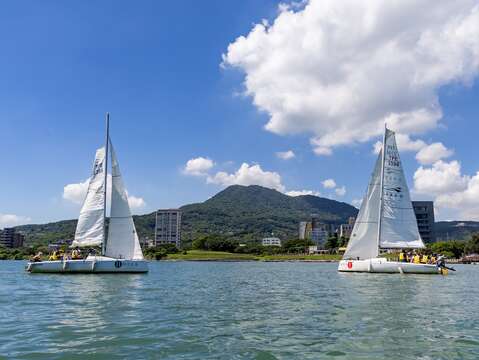- Traffic Route
- Traffic Route
- Traffic Route
- Traffic Route
- Traffic Route Hemei Mountain
- Traffic Route Bitan Suspension Bridge
- Traffic Route
Following the launch of Ankeng Light Rail: A new travel tip that connects Ankeng and Xindian
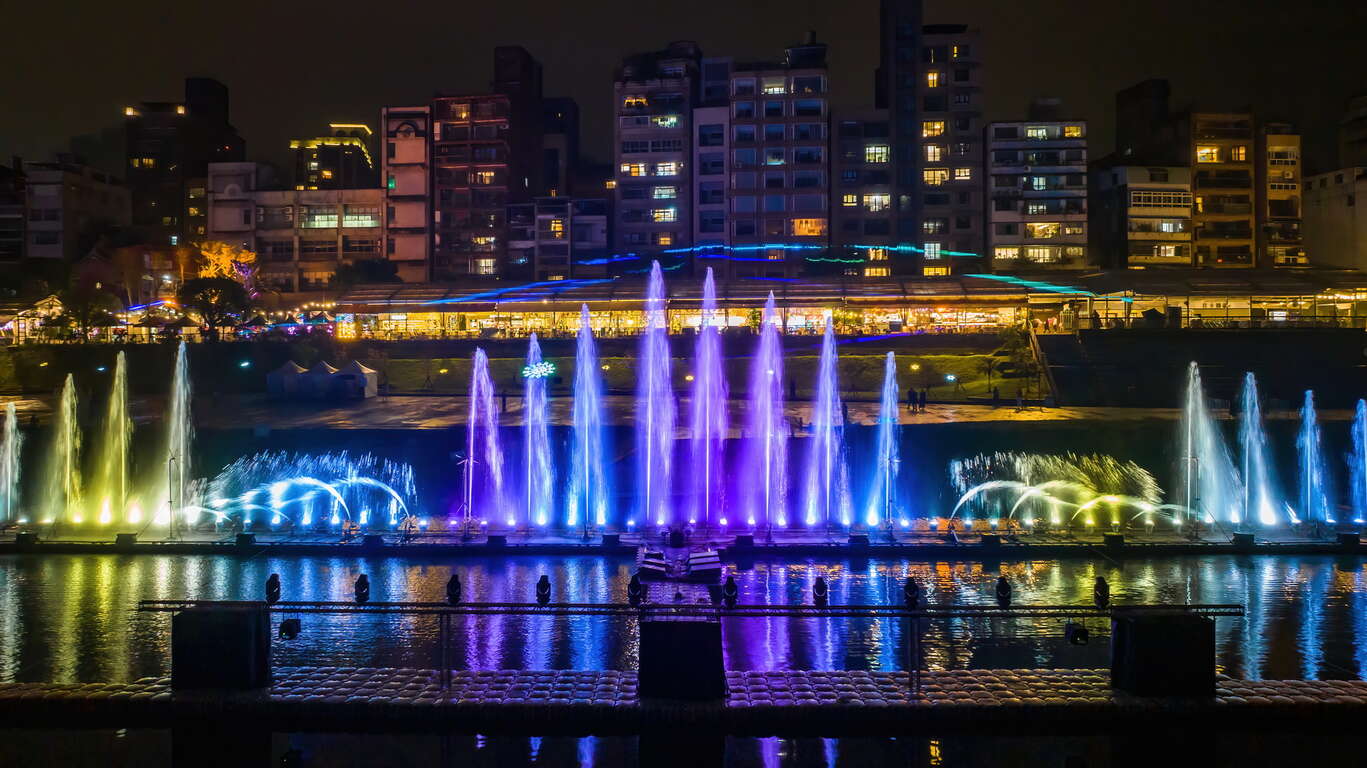
推薦路線
Introduction
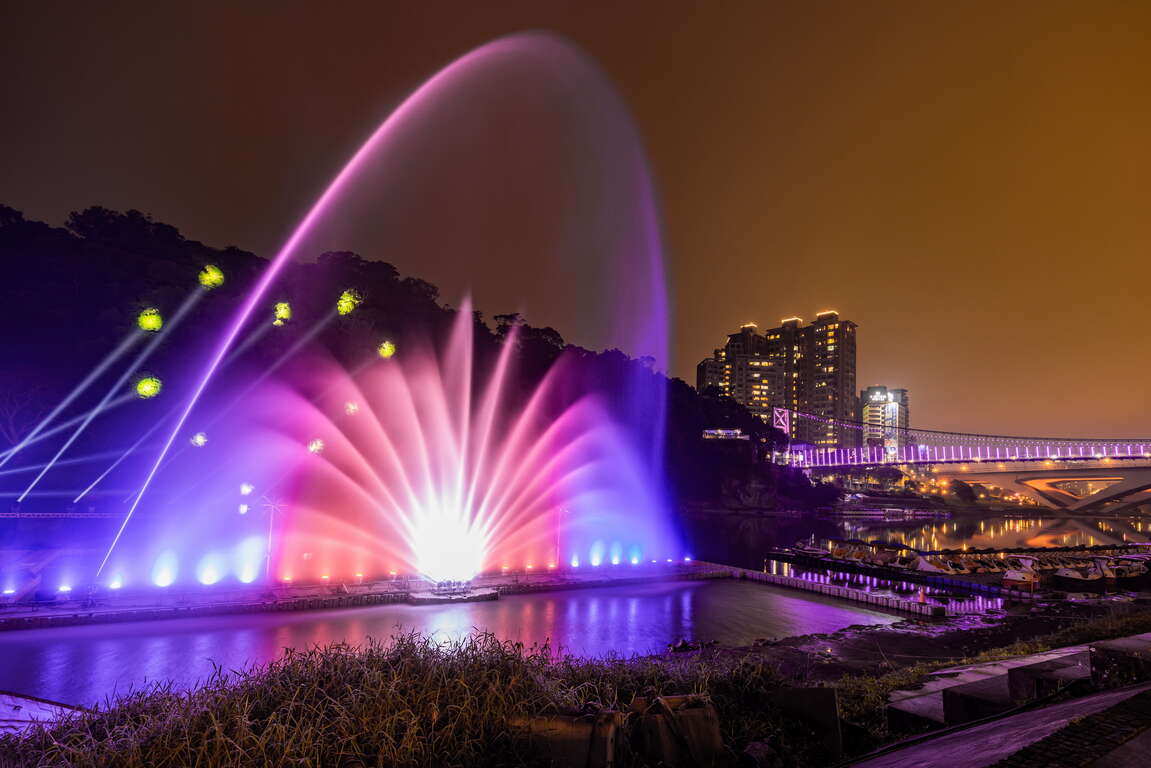
Starting from Shisizhang Station, this is the intersection of the Ankeng Light Rail and the MRT Circular Line. The Ankeng Light Rail has 9 light rail stations, and the entire system is located in Xindian District. The Ankeng Light Rail has collaborated with several artists to create various public artworks at light rail stations to showcase the abundant mountain and forest ecology of the Ankeng area.
Walking on the connecting pathway of Shisizhang Station, you can see numerous butterflies dancing along the corridor. By scanning the QR code with your mobile phone, you can delve into a deeper understanding of common butterflies in Taiwan.
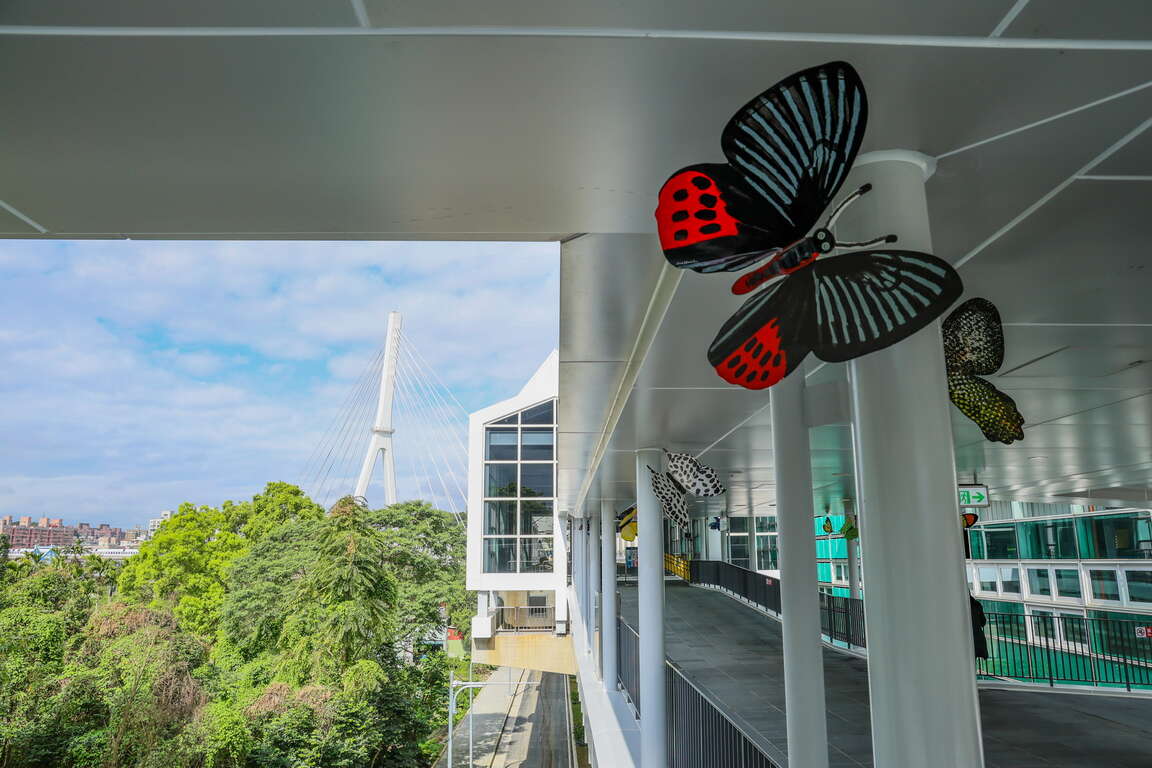
The platform space of the light rail Shisizhang Station is adorned with the public art “The Fireflies’ Way Home”, which is composed of thousands of micro power generators emitting dot-like blue and green lights to simulate flying fireflies, guiding people into the mountainous wilderness of Ankeng area.
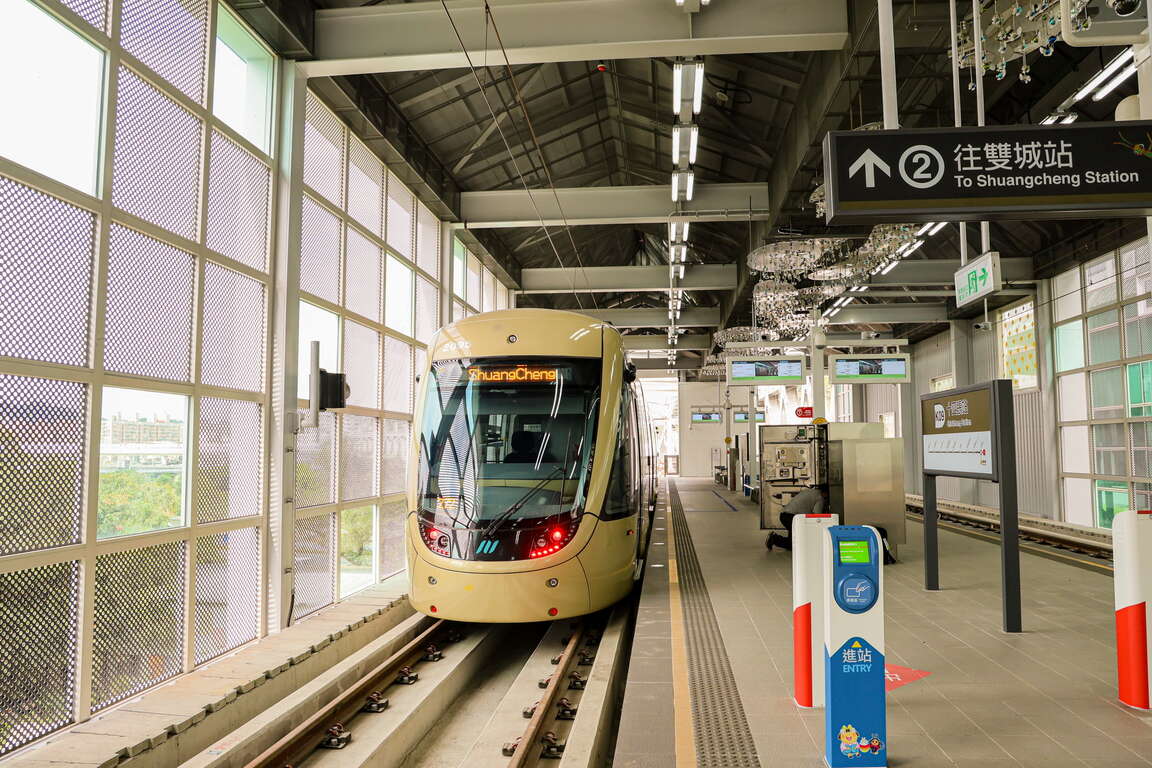
Step into the gleaming golden-painted light rail train and enjoy the scenery through panoramic windows. Disembark at K07 Sunshine Sports Park Station, hop on a public bicycle to reach the riverside of the Xindian River, where you'll find the expansive 20-hectare Sunshine Sports Park.
The Park features a roller-skating track, a 400-meter running track, a beach volleyball court, a soccer field, and an inclusive, all-age, and land-water-air versatile children's playground, making it the top leisure choice on the left bank of the Xindian River.

The Yangguang Bridge (literally refers to the Sunshine Bridge) of Xidian River, which is located behind the Sports Park, features a bridge deck supported by steel cables resembling musical strings and five graceful arches. Its elegant, curved structure makes the Yangguang Bridge one of the most beautiful bridges in the Xidian River Watershed.As a connecting bridge exclusively for pedestrians and bicycles, Yangguang Bridge connects both banks of the Xindian River. Cyclists can lead their bikes across Yangguang Bridge and access the cycling route on the right bank of the Xindian River.

The Xindian River Cycling Route is one of the top six riverside cycling routes in New Taipei City. Riding upstream towards Bitan, you will enjoy lush greenery along the way, making for a very pleasant journey.
On clear days, you can even see the layered mountain ranges of Xindian and Wulai. After traveling approximately 4 kilometers, you will arrive at the Xidian Ferry Terminal located on the south bank of Bitan.

The exclusive provider of man-powered ferries in Taiwan: Xidian Ferry Terminal. Man-powered ferries are a well-kept secret of unique transportation in Bitan. In the past, they were the primary mode of travel between Xindian Shopping Street and destinations like Wantan, Zhitan, and Tutan!
The ferry terminal began operating as early as 1881. During its heyday, there were nine ferry terminals along the middle stream of the Xindian River. Crossing Bitan on a ferry allows you to not only appreciate the serenity and history, but also savor the joy of traveling by water along the riverbank.

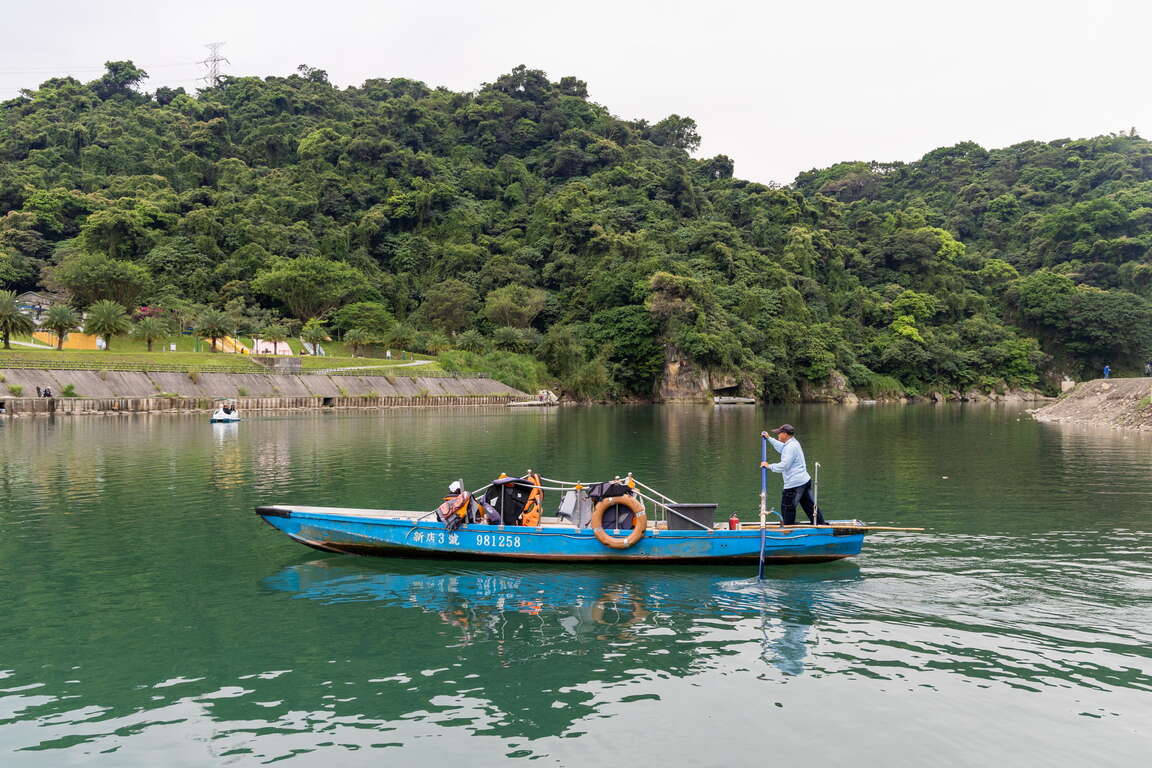
By taking a man-powered ferry to the west bank of Bitan, you can access the ecologically rich Hemeishan Trail. The Hemeishan Trail is divided into the waterside Green Trail and the mountainous Blue Trail, both of which feature stone steps or wooden boardwalks throughout.
After reaching the 153-meter-high summit of Hemeishan, you can enjoy panoramic views of Bitan's waterfront and suspension bridge, with Nanganbshan (Nangang Mountain) and Taipei 101 clearly visible in the distance. When you turn around, you'll spot Qingtan on Xidian Beiyi Road and Xinwu Road. If you wait until after sunset, you can also experience the enchanting sight of fireflies twinkling in the forest.
👉It is recommended to use mosquito repellent as mosquitoes are more active in the forest in the evening.
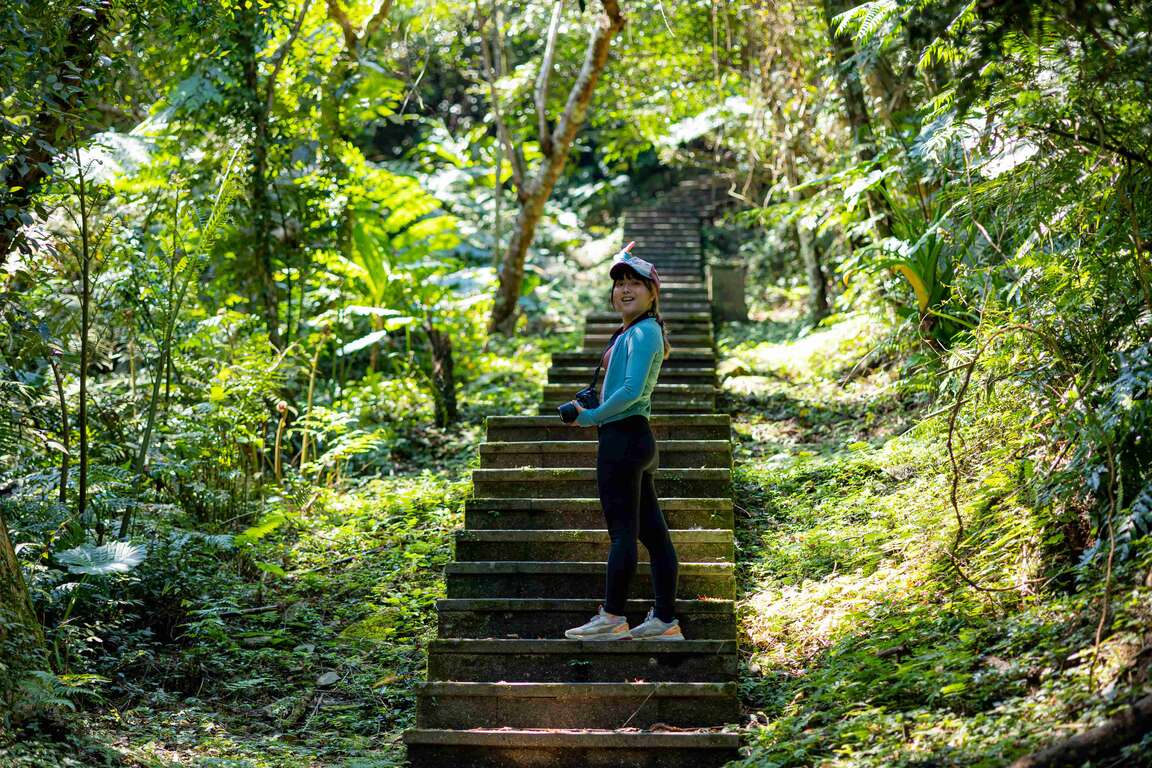
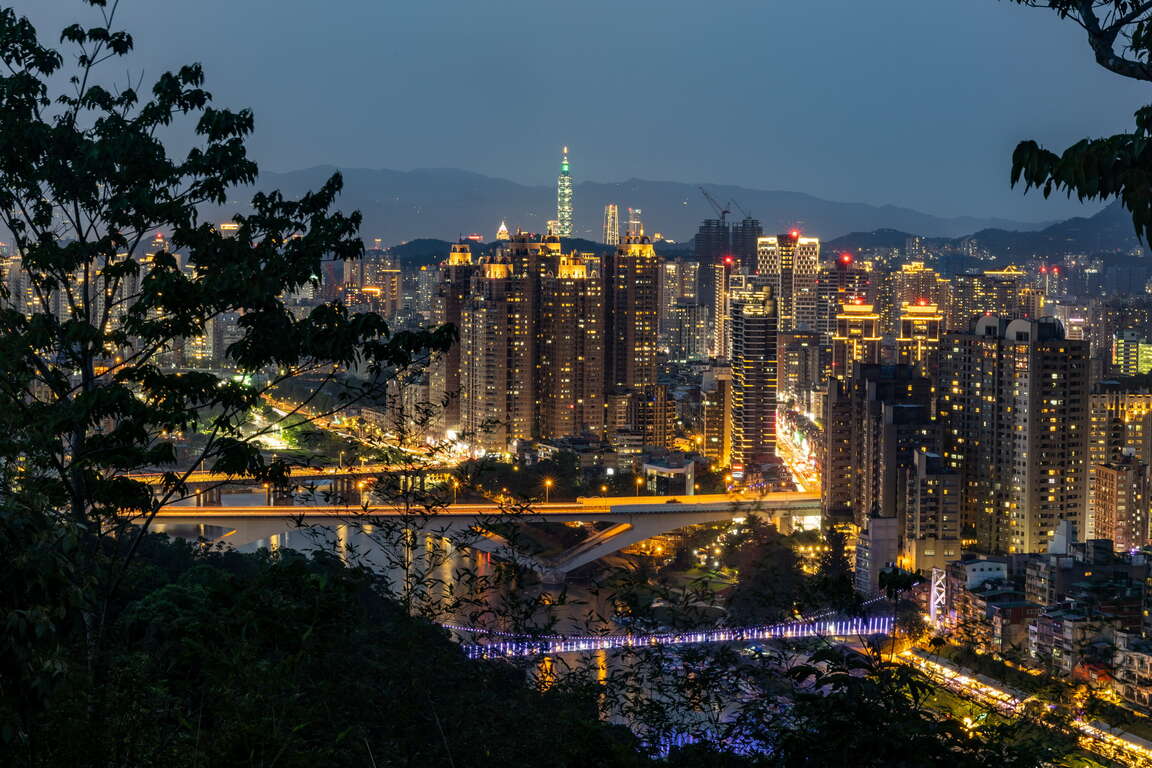

The Hemeishan Trail features rich biodiversity, with hundreds of species of flora and fauna living in its forest, creating a natural ecological paradise. The most famous among them are the fireflies. During the firefly breeding season from April to May, countless glowing dots dance in the forest after dark, creating a galaxy-like scenery. This spectacle attracts many urban residents away from city lights to enjoy the beauty of twinkling fireflies.
👉The best time to observe fireflies is from sunset to 8 PM. Remember to turn off flashlights to avoid disturbing their reproduction.
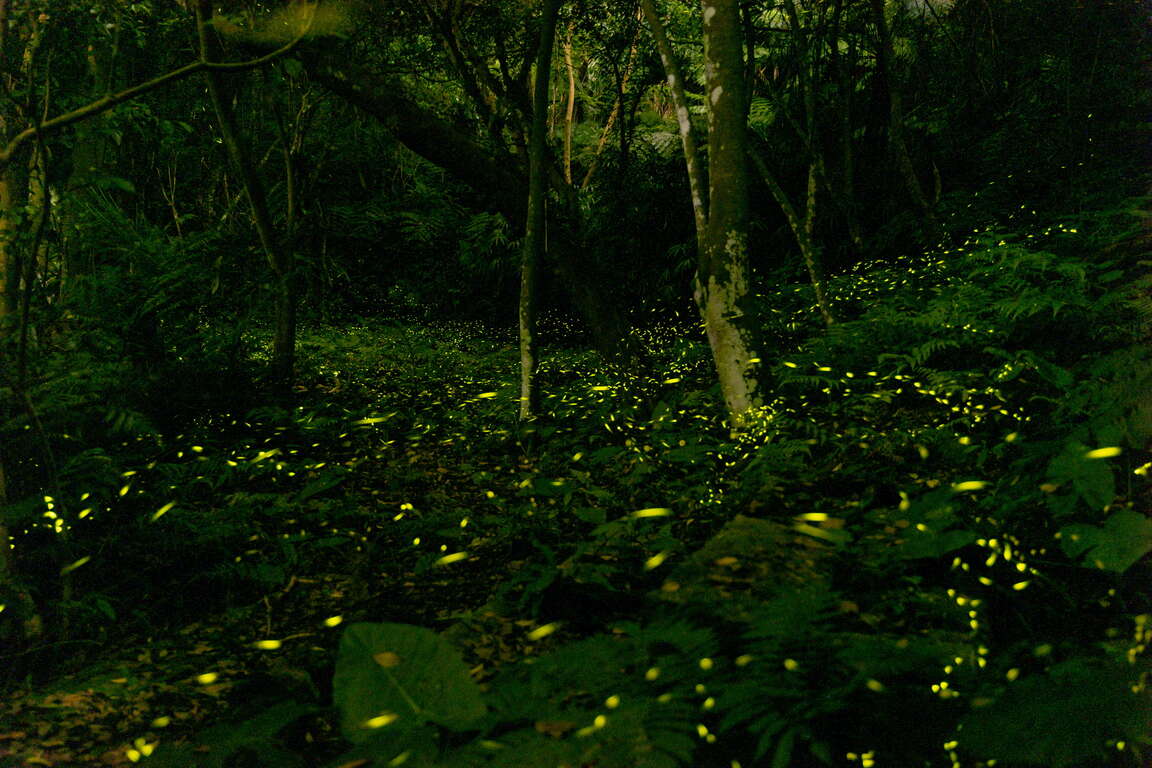
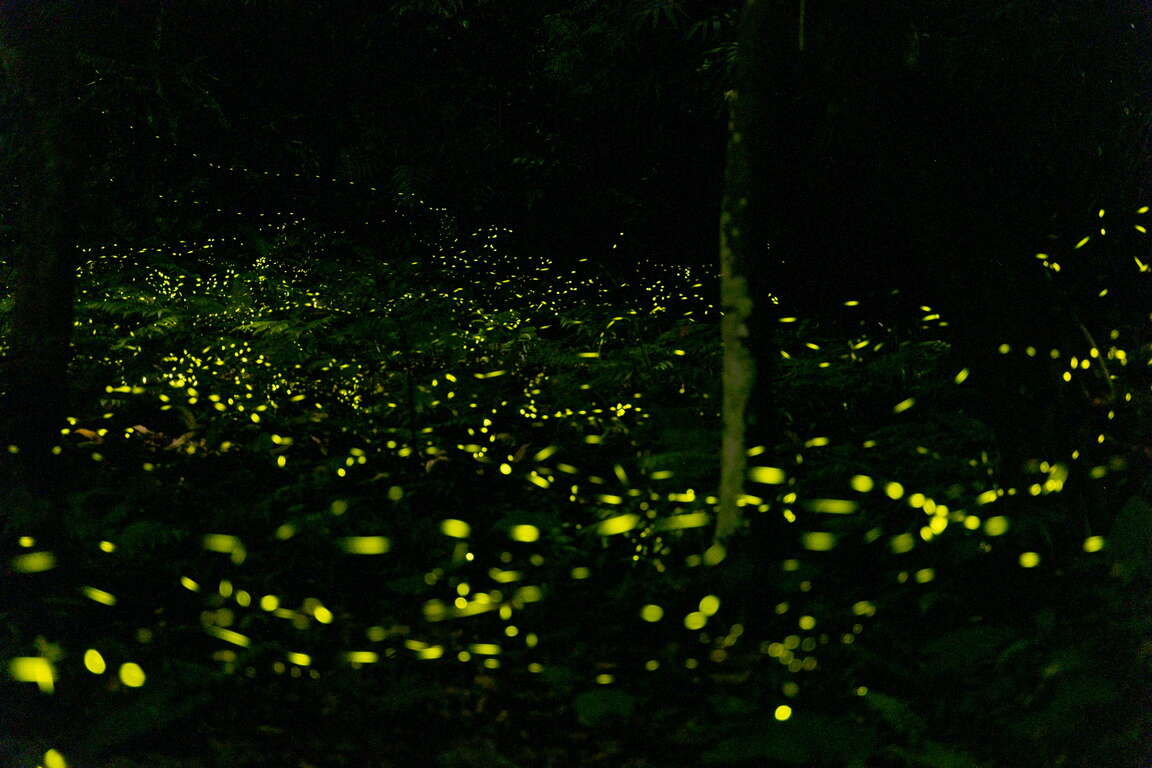
Leaving the company of fireflies on Hemeishan Trail, you will find yourself on the north bank, where the Bitan Suspension Bridge stands. Built during the Japanese colonial period, the Bitan Suspension Bridge is the most iconic landmark in Xindian. The projection mapping light show of the Bitan Suspension Bridge at night is a beautiful memory of several generations of Xidian residents. Its splendid lights reflected on the river is the classic nighttime scenery of Bitan.
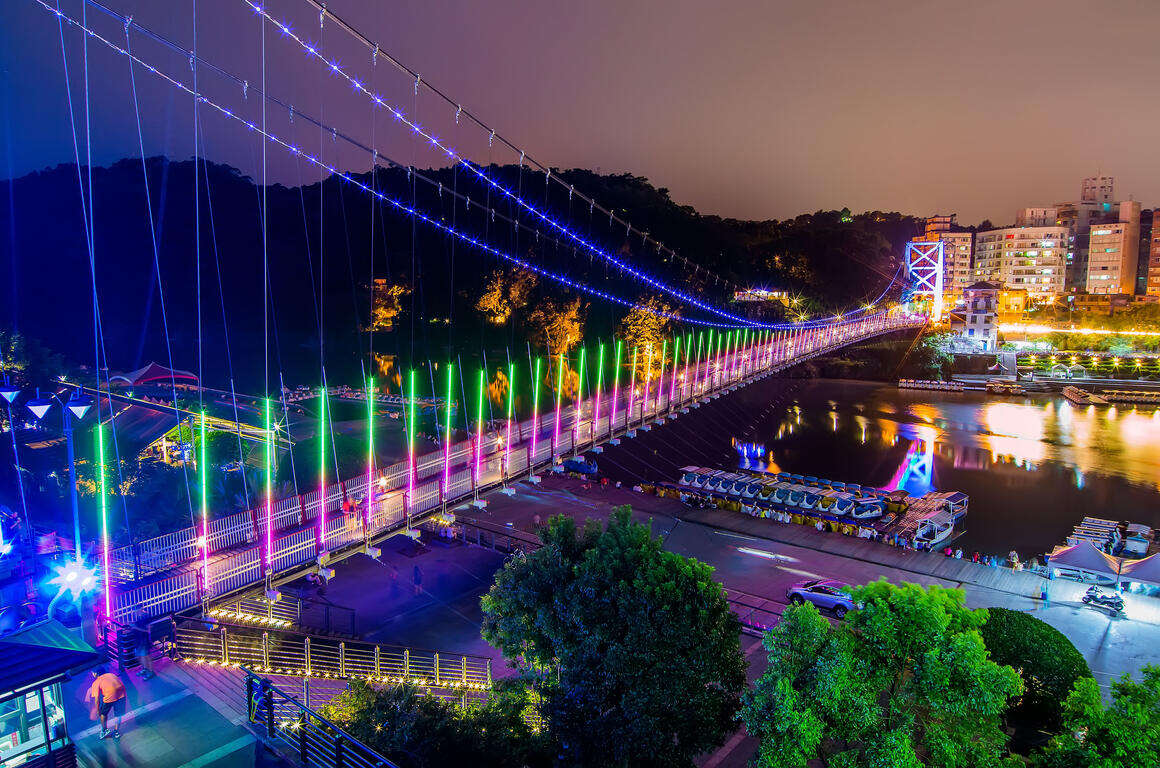
碧潭上則有精彩萬分的水舞秀,「2023碧潭水舞」於3月31日盛大登場,一路展演至5月28日止,以雷射作為畫筆、以和美山壁作為畫布,在和美山上勾勒出各種圖案,讓和美山山舞與新店溪水舞互動起舞,使碧潭風景區越夜越美麗。
👉碧潭水舞於每晚6點30至8點30分,每半小時演出1次,並在晚上8點45分進行最後一場表演,每晚共6場,將有2首各4分半鐘的精彩曲目交錯演出
